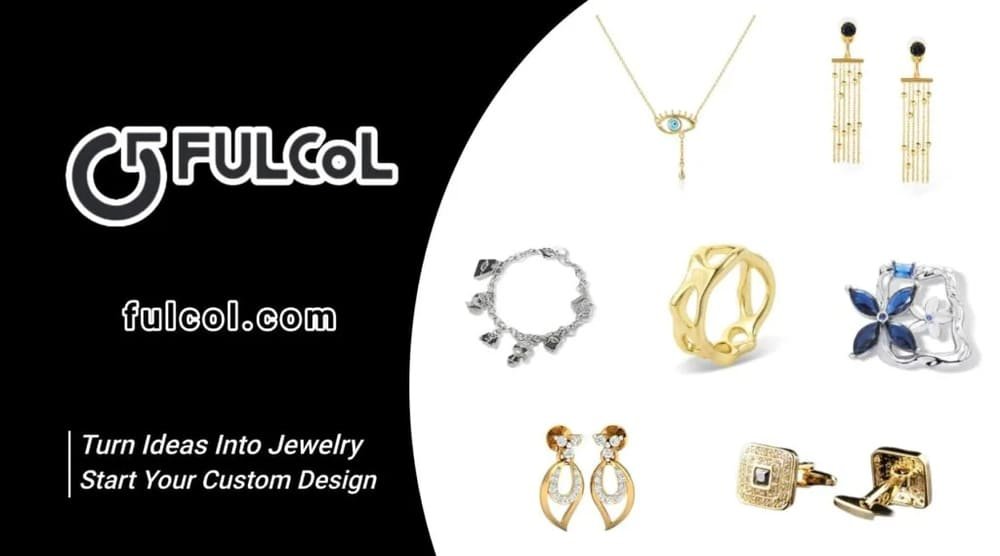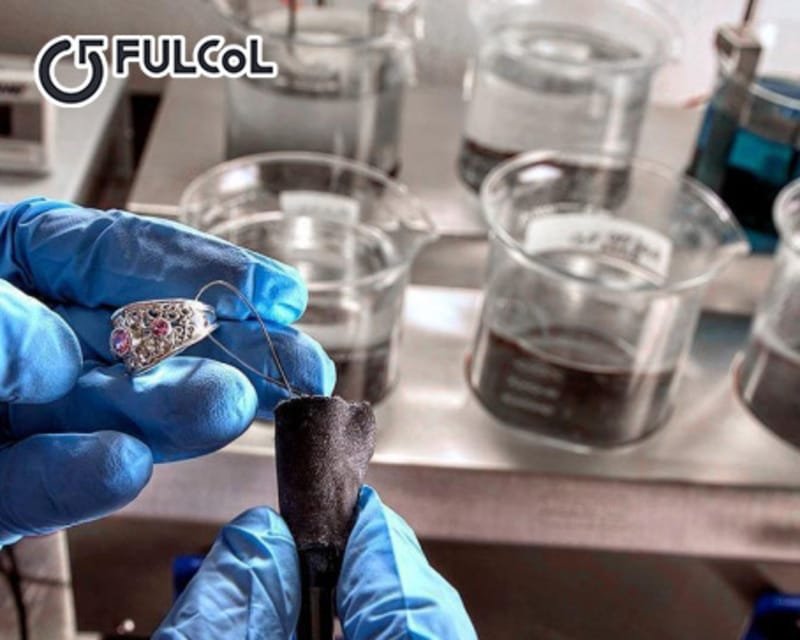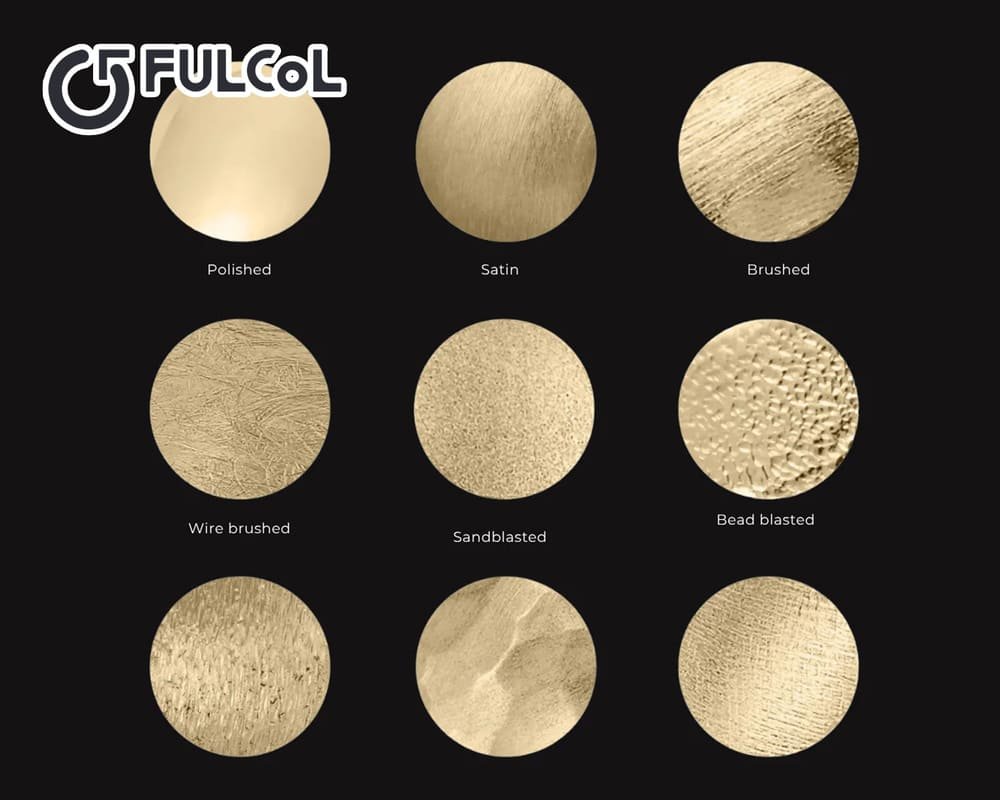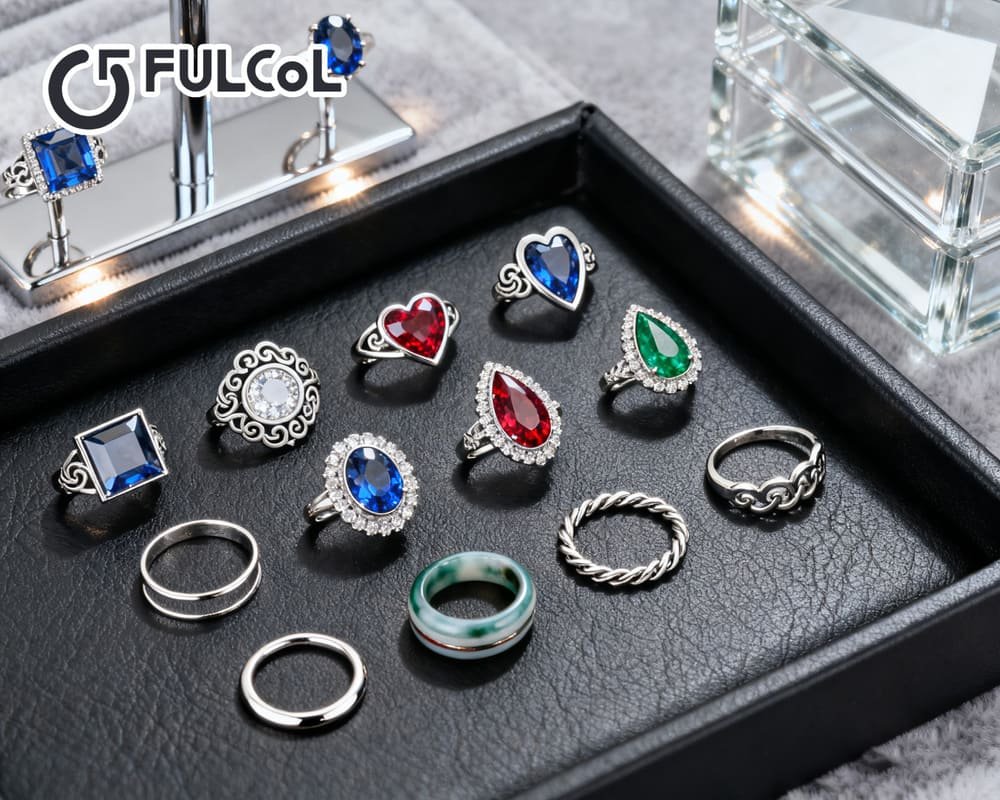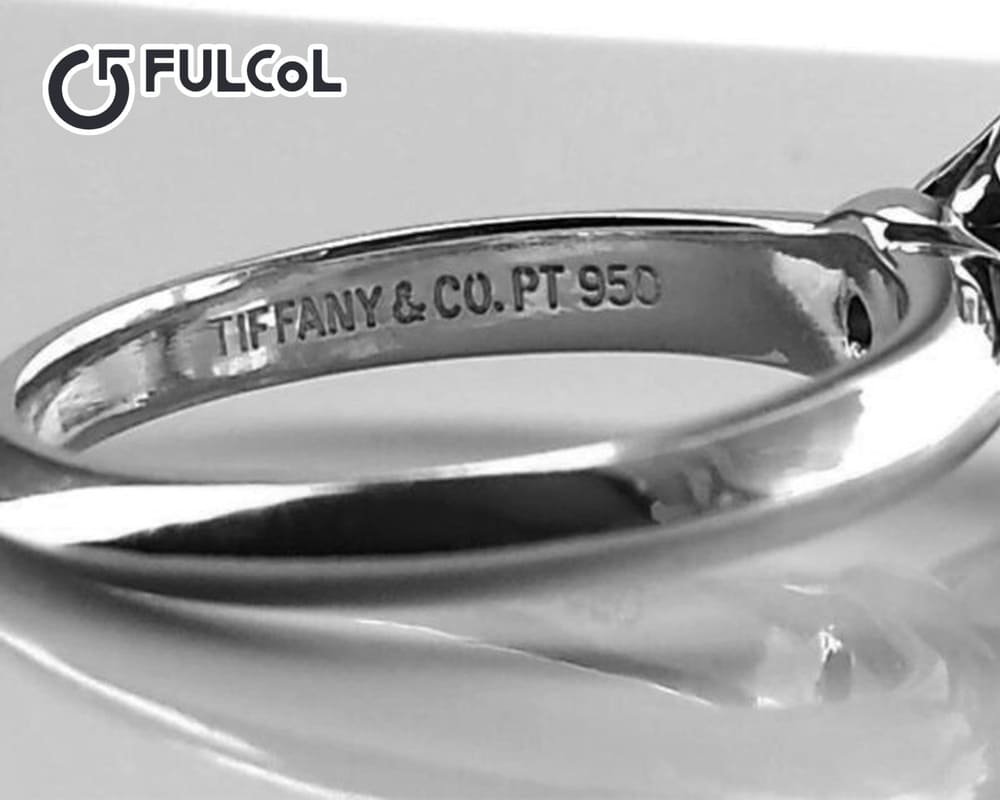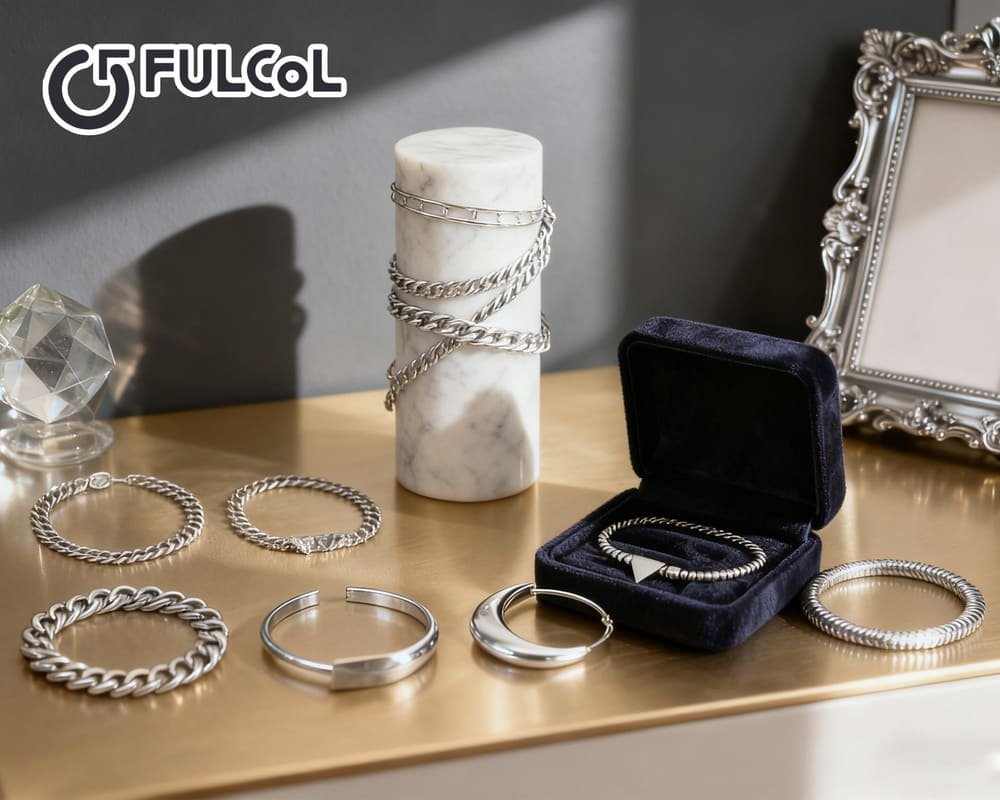Table of contents
Common Jewelry Coloring Methods
In the field of jewelry manufacturing, color is the core language for expressing creativity and emotion. Especially in custom jewelry earrings, the coloring technique directly affects the style, texture, and market competitiveness of the pieces. The following five coloring methods are the most common and representative in the jewelry industry, each with unique physical-chemical principles and visual effects.
1. PVD Coating
PVD (Physical Vapor Deposition) is a high-end technique that uses a vacuum environment to evaporate metal targets, allowing molecules to adhere uniformly to the jewelry surface, forming a dense coating. It is commonly used on titanium, steel, and silver earrings.
- Principle: Using vacuum arcs or magnetron sputtering, metal ions are deposited as a durable film.
- Advantages: Extremely strong adhesion, high oxidation resistance, stable color, and fade-resistant.
- Common Colors: Rose gold, ice blue, black titanium, champagne gold.
- Application Suggestion: Suitable for earrings that pursue a high-end texture and long-term wear.

2. Electroplating
Electroplating is one of the most widely used coloring methods in the silver jewelry industry, especially for sterling silver earring manufacturers.
- Principle: By applying an electric current in an electrolytic solution, metal ions (e.g., gold, rhodium, palladium) are deposited on the jewelry surface.
- Advantages: High brightness, uniform color, and good oxidation resistance.
- Precautions: Ultrasonic cleaning is required before plating to ensure firm adhesion.
- Common Tones: Gold, rose gold, black rhodium, silver white.

3. Electrophoretic Coating
Electrophoretic coating is an environmentally friendly coloring technique, widely used for protective coatings and soft color rendering in jewelry.
- Principle: Charged paint particles are uniformly deposited on the metal surface through an electric current in an aqueous solution.
- Advantages: High transparency, preserves metal shine, colors appear soft and natural.
- Common Colors: Light gold, champagne, pink silver, pale blue.
- Environmental Safety: Free of heavy metals, compliant with EU RoHS standards.
4. Jewelry Oxidation
Jewelry oxidation, also known as chemical coloring, is a process that uses oxidants to react with metals to form colorful oxide layers.
- Common Materials: Silver, copper, brass.
- Key Points: Controlling the solution temperature and concentration achieves different tones.
- Color Performance: Ranges from light gray to antique silver, blue-purple, and iridescent gradients.
- Artistic Features: Each oxidized earring has unique texture and layering, often used for vintage or artistic designs.
5. Enameling
Enameling is one of the most artistic coloring methods in jewelry, with a long history, capable of producing highly decorative effects.
- Principle: Colored glass powder is applied to the metal surface and then fused at high temperature to form a smooth enamel layer.
- Advantages: Saturated color, delicate texture, fade-resistant.
- Challenges: Complex process requiring precise temperature and thickness control; high skill and experience needed.
- Common Styles: Painted earrings, vintage patterns, limited edition art series.

Comparison of the Five Jewelry Coloring Methods
The table below compares the key features of the five jewelry coloring methods mentioned above:
| Coloring Method | Color Durability | Complexity & Cost | Applicable Metals | Environmental & Safety | Color Expression & Texture |
|---|---|---|---|---|---|
| PVD Coating | Excellent | High | Titanium, Steel, Silver | High | Excellent |
| Electroplating | High | Medium | Silver, Copper, Brass | Medium | High |
| Electrophoretic Coating | Medium | Medium | Copper, Brass, Aluminum | Excellent | High |
| Jewelry Oxidation | Medium | Medium | Silver, Copper, Brass | Medium | Excellent |
| Enameling | Medium | High | Silver, Copper, Brass | Medium | Excellent |
Choosing the Right Coloring Technique for Custom Jewelry Earrings
When selecting the appropriate coloring technique for custom jewelry earrings, consider the following factors:
- Jewelry Material (Metal Type): Different metals suit different techniques. For example, PVD coating works well for titanium and steel, while electroplating is suitable for silver and copper.
- Design Style & Customer Preferences: Modern minimalist designs may favor PVD or electroplating, while vintage styles may prefer oxidation or enameling.
- Cost & Production Scale: Electroplating and electrophoretic coating are ideal for large-scale production, while enameling and oxidation are better for small-batch custom orders.
- Color Durability & Maintenance: PVD and electroplating offer high color durability, reducing maintenance frequency.

Fulcol’s Professional Expertise and Coloring Craftsmanship
Founded in 2004, Fulcol has over 20 years of experience in manufacturing sterling silver earrings and custom jewelry. The company focuses on transforming client designs into high-quality gold, silver, and brass earrings while maintaining consistent product quality.
Fulcol’s Professional Practices Include:
- Environmentally Friendly Electroplating & Stable Color Control: Fulcol uses eco-friendly plating materials to meet international standards and employs a stable color control system to ensure consistency and durability.
- Strict Surface Inspection & Color Difference Control: Each piece undergoes rigorous surface inspection and color matching to guarantee uniformity across batches.
- Anti-Oxidation Coating for Silver Earrings: Special anti-oxidation coatings are applied to protect silver and maintain long-lasting shine.
- Customized Color Solutions: Fulcol can achieve gradient silver, ice blue silver, antique silver, and other personalized colors according to client needs, catering to the demand for unique, creative jewelry.
FAQ
Q1: Will electroplated colors fade?
A: High-quality plating can last over 3 years under normal wear. PVD-coated surfaces may last more than 5 years.
Q2: What colors can sterling silver earrings achieve?
A: Silver earrings can be colored using electroplating, PVD coating, or oxidation to achieve silver white, black, rose gold, blue silver, antique silver, and more.
Q3: Are enamel colors prone to cracking?
A: When temperature and thickness are properly controlled and high-elasticity enamel is used, cracking is unlikely.
Q4: Which coloring method is the most environmentally friendly?
A: Electrophoretic coating is water-based and heavy-metal-free, compliant with EU RoHS, making it highly eco-friendly.
Q5: How to keep earrings shiny for a long time?
A: Regular cleaning, avoiding contact with chemicals, and using professional jewelry cleaners help maintain long-lasting shine.
| Start Your Custom Order | Email: info@fulcol.com | Number: +86 13055603907 |
Jewelry coloring combines technical skill and artistic expression. Choosing the right technique enhances the durability and design appeal of custom jewelry earrings. With its professional manufacturing experience and innovative coloring techniques, Fulcol is a trusted sterling silver earring manufacturer for clients worldwide.
